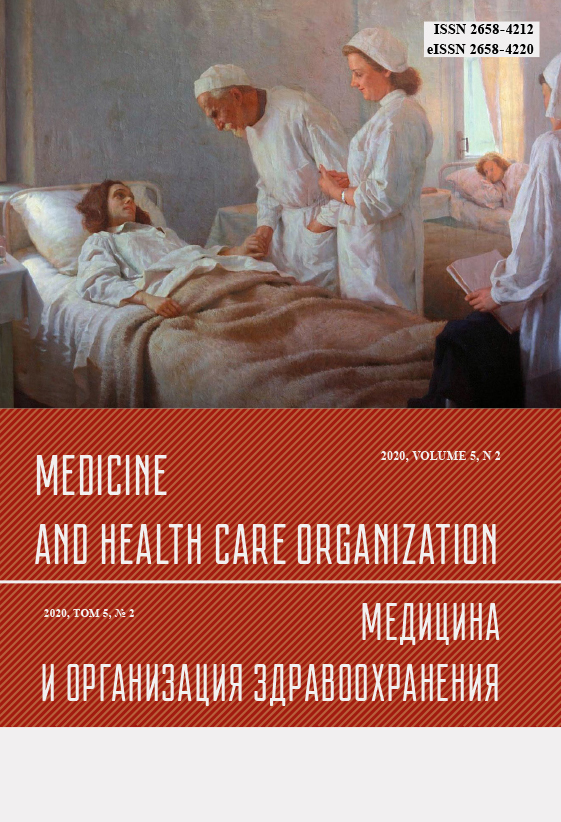Indications for the use of a closed suture on the bile duct
Abstract
The study reflects the results of treatment of 340 patients with “complex choledocholithiasis”. The first group of patients (n=198) had mini invasive endoscopic interventions. The second group (n = 142) had the closed suture on the bile duct used in the surgical method of treatment according to the developed original method (patent for invention N2690618 dated 04.06.2019). Application of closed suture on the bile duct in the surgical method of treatment of complex choledocholithiasis in 140 patients proved to be the only effective surgical intervention. Mirizzi syndrome was revealed in 15 patients (10,5%). In 110 patients (77.5%) a short scar stricture of duodenal papilla zone was revealed during instrumental revision, which was easily dilated with bougie № 3-5. In 2 cases (1.4%) bougie could not be performed due to the presence of long stricture of choledoch terminal department. The water sample was positive in 140 cases (98.6%). A full revision of bile ducts was performed with choledochoscope through the papillar zone into duodenum lumen in 140 cases (98.5%). Justified intraoperative fibrocholedochoscopy, belief in bile ducts permeability in 140 cases (98.5%) made it possible to complete the operative intervention with choledoch closed suture on the bile duct. Postoperative period was 10.6 days. 2 fatal outcomes (1.4%). Control examination of 62 patients (43%) with MRI in the period from 6 months to 4 years after surgical intervention was performed. Duct stricture in the choledoch suture area, relapse choledocholithiasis was not revealed. The offered algorithm of “complex choledocholithiasis” treatment allows to carry out one stage pathogenetic surgical intervention to decrease the risk of postoperative complications, to decrease hospitalization terms and financial expenses.



